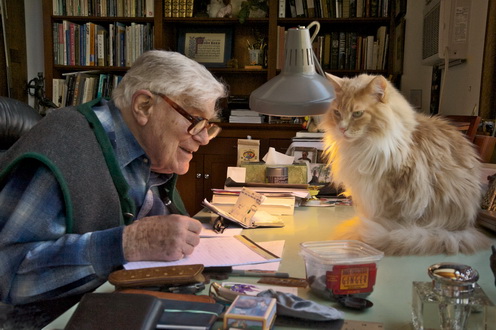 |
Laverne Loretto-Tosa | |
| Birth Date: 1964 |
||
Artist Gallery |
||
| Born in 1964, Laverne Loretto-Tosa is from the Jemez Pueblo in Central-Northern New Mexico. She works with clay in a traditional way, in coils, and polishes it with a special kind of rock and some water, which gives her pots a satin finish. Many of the motifs that she paints are very symbolic, which is traditional of Jemez Pueblo pottery. Laverne has been making pottery since 1985, combining stone polishing with tan slip applied with precision. Many of her pots are highly geometric, with sharp lines and precise application.
Jemez Pueblo pottery is known for its distinctive earth-tone colors, blending stone polished and matte finishes with painted and etched designs. The people of Jemez abandoned the craft of pottery making sometime in the early 18th century and relied instead on purchasing wares from other Pueblos, mostly Zia. In the 1960s, interest in Native American art rose significantly among collectors and tourists. That helped to push the people of Jemez to make higher quality pottery that revived their traditions again. It was not until the late 70s or 80s when Jemez pottery, with the help of noted potters, began to take on more distinctive designs and qualities that have made it very popular among collectors and enthusiasts.
The oral history of the Pueblo of Jemez indicates that manufacturing of decorated pottery types of black-on-white ceased sometime in the early to mid-eighteenth century when they reportedly shattered hundreds of the vessels so that they would not get in to the hands of the Spanish. Manufacturing of this type was never resumed, and for the next 200 years, the Jemez people relied on decorated pottery obtained from their neighbors, primarily the Pueblo of Zia. Eventually, many of the Zia designs were incorporated into a new style of pottery which the Jemez again began to produce around the turn of the century. Though based on Zia design, this new style of Jemez pottery soon emerged with a distinctive Jemez signature of black-on-red and black/red on tan. Some handmade pottery by modern Jemez artists has a glossy appearance to it from their traditional stone polishing technique. Most designs are geometric patterns that are either painted or etched into the piece. Jemez Pueblo pottery often uses a red slip on tan, but artists have begun using a broader color palette that includes light blues and greens. Jemez Pueblo pottery often incorporates the kiva design, commonly at the mouth of the vessel. The three (or four)-step cut-out represents the major stages of life: birth, life and death (afterlife).
Wedding vases and seed pots are pieces common to many Pueblo nations, but the friendship pot is unique to the Jemez Pueblo pottery tradition. Often decorated with turtles, a sign of water and life, these pots have clay people molded to the top as if looking in- a reminder of the friendships that flourished during gatherings around water-collecting pots after a rain storm. Today, Jemez pottery is collected around the world and the makers of these pieces are prized for their skill.
|
||


